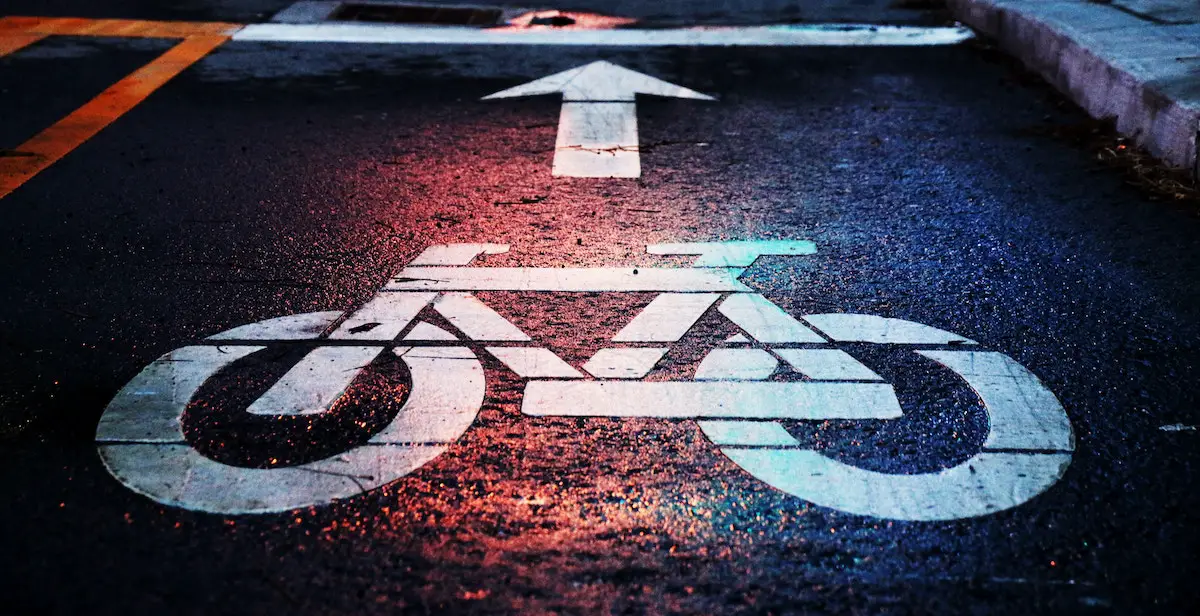Bogota is the capital city of Colombia and has a population of 7 million. The city is 18 km in length from north to south, 8 km east to west and 2,600m above sea level. The average monthly wage is around US$325. Within this city is a public transport network much of the Western world envies, and one which places the bicycle in high regard.
The former Peñalosa Government created CicloRuta – a 300km network of 3-4 metre wide bidirectional protected bicycle lanes and adjoining pedestrian boulevards, at the same time as constructing TransMilenio – its famous bus rapid transit system. With buses every 30 seconds at peak times, it’s no surprise Bogotá’s bus network serves over 1.5 million passengers a day. These multi-modal transport corridors are supported by ‘Pico y Placa’ a policy which bans 40% of cars during peak hours using car registration plate numbers and removing on?street car parking.

Cycling to TransMilenio is supported by direct off-road traffic free bicycle paths to all stations and portals as well as ramps, because, in the words of former Mayor Enrique Peñalosa, ‘a protected bicycle path is a symbol that a citizen on a $30 bicycle is equally important as one in a $30,000 car’.

TransMilenio supports cycle access to public transport. Six portals have ‘cycle centres’, which are essentially Park & Ride facilities for cyclists. Each centre has capacity for 750 bicycles and generally have 90% – 100% utilisation rate.

Bogotá’s CicloRuta is one of the most extensive bicycle lane networks in the world, connecting residents and commuters to major Bus Rapid Transit routes, parks and community facilities.

The Main Network of the CicloRuta connects the city centre to key education, employment and residential areas, as well as connections with the Secondary Network and transport nodes.

The Secondary Network connects housing areas, parks, facilities and attractions with the main network. These paths are mostly designed to serve as feeders to public transport.

Increasing mobility and equality has been carefully planned. Along the transport corridors in the suburbs, higher density buildings of between 3 and 7 storeys encourage residents to travel by bicycle. These efforts appear to be working – 5% of all trips in Bogotá are by bike, compared to 0.5% before CicloRuta, and average cycling speeds are 17km/hr.

Every Sunday 120km of Bogotá’s roads are closed for the exclusive use of cyclists and pedestrians. Known as ‘Cyclovia’, the event attracts 2 million participants weekly.

The scale of Cyclovia brings out local entrepreneurs, with bicycle repair shops appearing on the sides of streets.

Street entertainment is even put on for resting cyclists and those who have come along for the ride, so to speak. In Bogotá, thanks to an extensive and well-planned public transport network, the bicycle has become an entirely mainstream form of transportation. And with 5% of all trips made on bike, it’s no wonder the Western world is envious.


